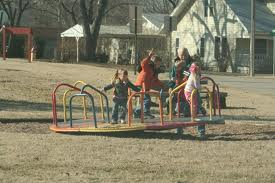The first support I have in my life is my husband John. It is because of his support that I am able to pursue a master’s degree at this time. I work full-time and help my daughter raise her two young children, without the emotional and practical support I receive from John; there is no way I would have the time or energy to do the work required in this program.
I also have support from coworkers. I have many intelligent, educated people in my agency, that I am able to bounce ideas off and ask questions. They are always concerned about me and my progress at school. It is a huge support to have people who believe in your abilities.
I know what it is like to try to go to school while working and raising kids without this support. Many years ago, I completed an AA degree while working and raising young children. I did not have a supportive husband, or people at work that cared about me. It was incredibly difficult. I did it, but it took so much energy, both physical and emotional, to just get through the days.
If I imagined that I had a challenge such as a mobility issue, I know that I would need the support of my employer to do my job. Because I drive to people’s homes every day, and then go into their houses and work with their families, I would need the understanding and acceptance of the families I worked with as well.
I know that dealing with these types of daily challenges would be emotionally wearing and I would need the emotional support of my family and coworkers. I work for an amazing agency and I know that if I needed accommodations made, they would find ways to make them. I am very blessed to have the supportive home and work life that I do.
“Here is the basic rule for winning success. Let's mark it in the mind and remember it. The rule is: Success depends on the support of other people. The only hurdle between you and what you want to be is the support of other people.” David Joseph Schwartz




